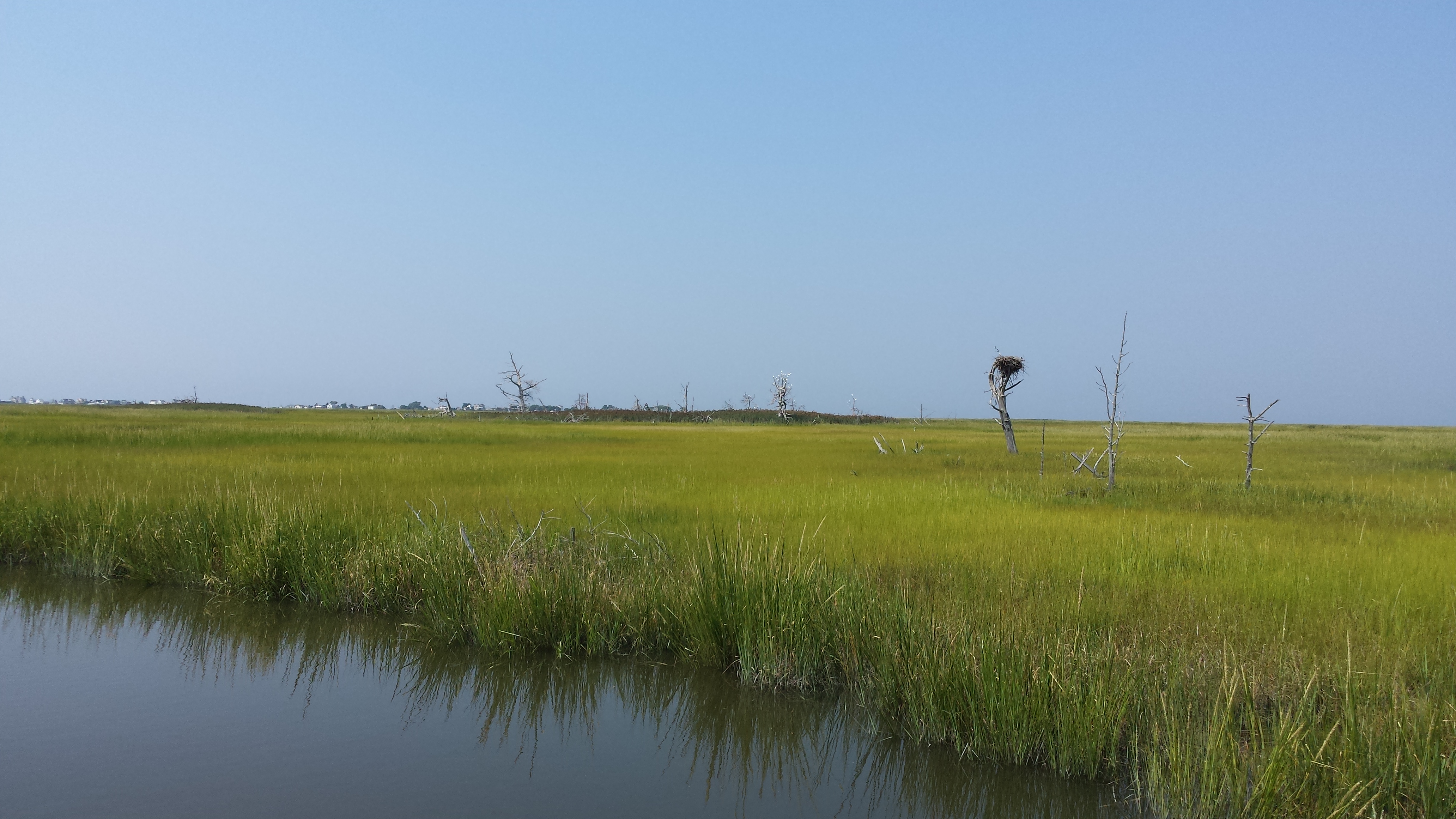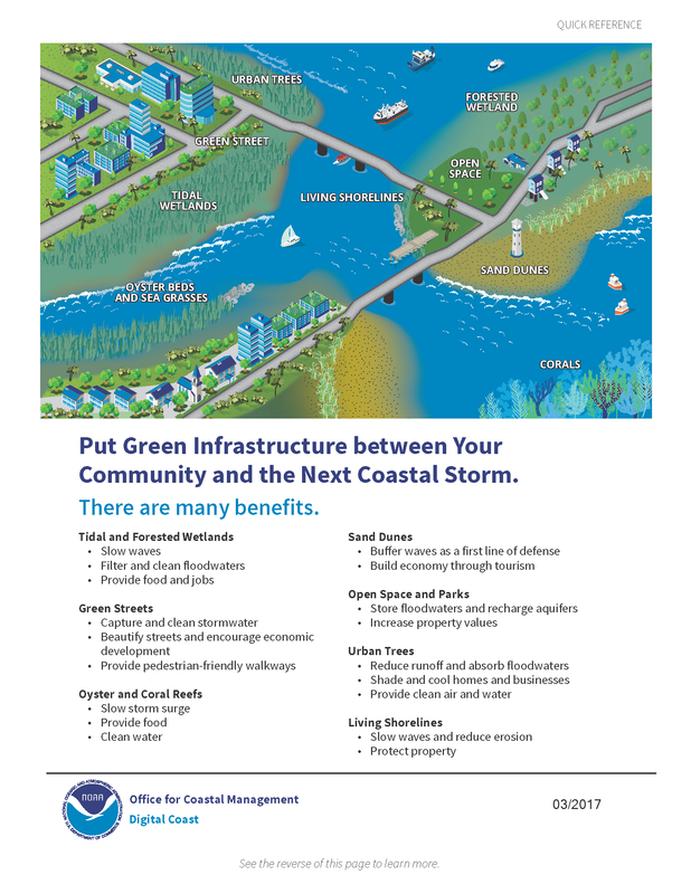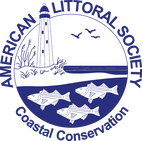The Society is a leading voice for coastal environmental protection laws and policies.
|
Protecting coastal waters depends on protecting coastal lands.
Going back to the 1960s and 1970s, the Society was a leading advocate for the earliest coastal environmental protection policies and laws. Today we work to build on those early gains. We use those milestone policies and laws as vehicles to control coastal development, to shape it to be sustainable, and correct shortcomings. |
Issues
Poorly managed development within coastal watersheds causes us to lose open space and wildlife habitats, and also creates run-off pollution.
Our Position
We advocate for “capacity based” land use management, focusing on three fundamental measures of sustainability critical to coastal protection: water quality, water supply, and protection of the coast’s “green infrastructure” of critical wildlife habitats, riparian areas, river corridors and open spaces.
Delaware River Watershed Initiative:
In an unprecedented collaboration to protect and restore water quality, more than 50 leading nonprofits, including the Society, have joined together to accelerate conservation in eight regions of the Delaware River watershed. Informed by science, the Initiative aligns priorities for land protection and restoration projects in these ecologically significant areas. Scientists extensively assess water quality impacts at more than 300 sites and conservation organizations amplify their effectiveness by sharing results. The Littoral Society is an active member of this initiative, focusing our work in the Kirkwood Cohansey aquifer region of southern New Jersey, and collaborating on state water policy reforms.
Open Space Protection:
The Society supports national, state and local efforts to protect open space, farmland and critical wildlife habitats. We work in partnership with land trusts to acquire and protect threatened pieces of land and pass them into protected ownership, often as additions to National Wildlife Refuges. For example, in 2007, the Littoral Society defeated a proposed Wal-Mart Supercenter within the federally designated boundaries of Supawna Meadows National Wildlife Refuge in Pennsville Township. The 80-acre site has since been added to the Refuge with financial assistance from the Society. The Refuge supports the nearby Pea Patch Island Rookery, which is home to over 6,000 pairs of Colonial Wading Birds comprising nine different species. It is the largest rookery on the east coast north of Florida. We encourage local communities to integrate open space protection into their growth management plans, and have helped create local advocacy organizations to focus such efforts.
Managing Coastal Growth:
We help define and monitor state coastal management programs to insure that coastal growth is appropriately managed and regulated. We actively police policies and rule proposals at the state and local levels.
Delaware River Watershed Initiative:
In an unprecedented collaboration to protect and restore water quality, more than 50 leading nonprofits, including the Society, have joined together to accelerate conservation in eight regions of the Delaware River watershed. Informed by science, the Initiative aligns priorities for land protection and restoration projects in these ecologically significant areas. Scientists extensively assess water quality impacts at more than 300 sites and conservation organizations amplify their effectiveness by sharing results. The Littoral Society is an active member of this initiative, focusing our work in the Kirkwood Cohansey aquifer region of southern New Jersey, and collaborating on state water policy reforms.
Open Space Protection:
The Society supports national, state and local efforts to protect open space, farmland and critical wildlife habitats. We work in partnership with land trusts to acquire and protect threatened pieces of land and pass them into protected ownership, often as additions to National Wildlife Refuges. For example, in 2007, the Littoral Society defeated a proposed Wal-Mart Supercenter within the federally designated boundaries of Supawna Meadows National Wildlife Refuge in Pennsville Township. The 80-acre site has since been added to the Refuge with financial assistance from the Society. The Refuge supports the nearby Pea Patch Island Rookery, which is home to over 6,000 pairs of Colonial Wading Birds comprising nine different species. It is the largest rookery on the east coast north of Florida. We encourage local communities to integrate open space protection into their growth management plans, and have helped create local advocacy organizations to focus such efforts.
Managing Coastal Growth:
We help define and monitor state coastal management programs to insure that coastal growth is appropriately managed and regulated. We actively police policies and rule proposals at the state and local levels.
What you can do
Click on the NOAA handout below to learn about natural and engineered systems that can be used to protect the coastal environment, reduce the impact of climate change, and mitigate the negative effects of development.
Also, get involved in the land use decisions of your local communities, and tell your elected officials that you want strong coastal environmental protection.
Watch out for coastal development proposals, and read them to make sure they don’t harm the environment.
Also, get involved in the land use decisions of your local communities, and tell your elected officials that you want strong coastal environmental protection.
Watch out for coastal development proposals, and read them to make sure they don’t harm the environment.



